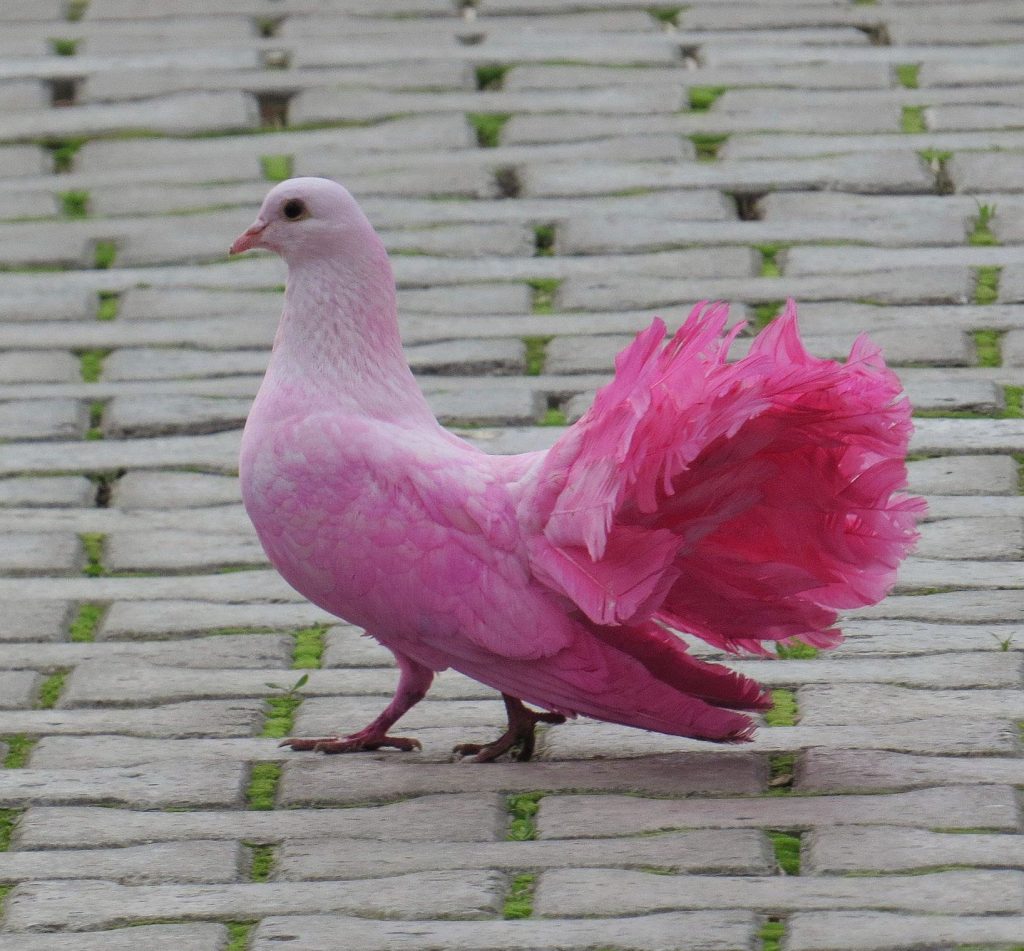Welcome to the fascinating world of the beautiful pink bird! In this article, we will dive deep into the enchanting realm of these magnificent creatures, exploring their unique characteristics, habitat, behavior, and conservation efforts. Get ready to embark on a journey filled with wonder and awe as we reveal the secrets of the brilliant world of the beautiful pink bird.

The Majestic Pink Bird: A Closer Look
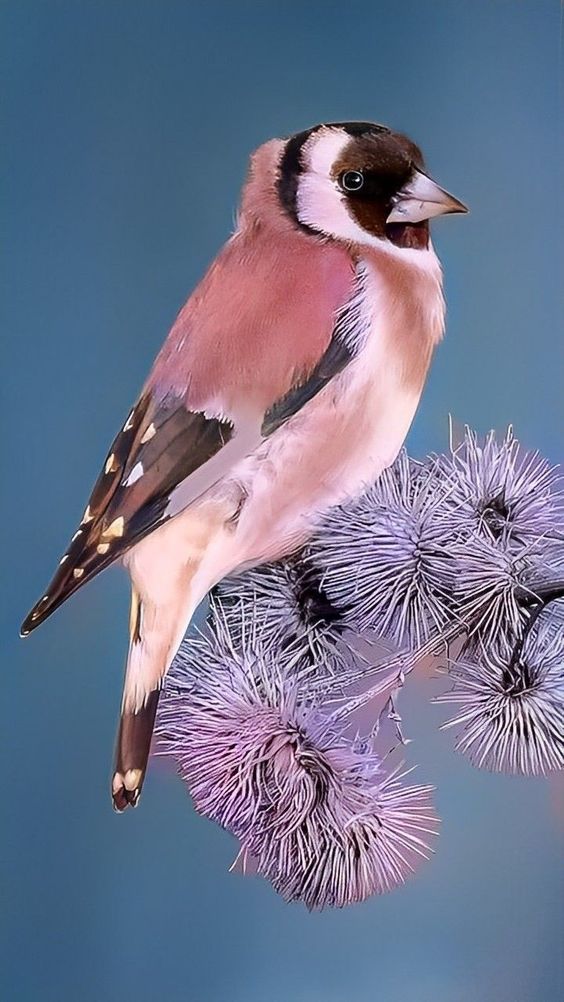
Let’s begin our exploration by taking a closer look at the majestic pink bird. These stunning creatures, scientifically known as Phoenicopterus roseus, belong to the family Phoenicopteridae. Their vibrant pink plumage, long necks, and slender legs make them a sight to behold. With a wingspan of up to 1.5 meters, these birds are truly magnificent in flight.
Pink Bird Species and Varieties
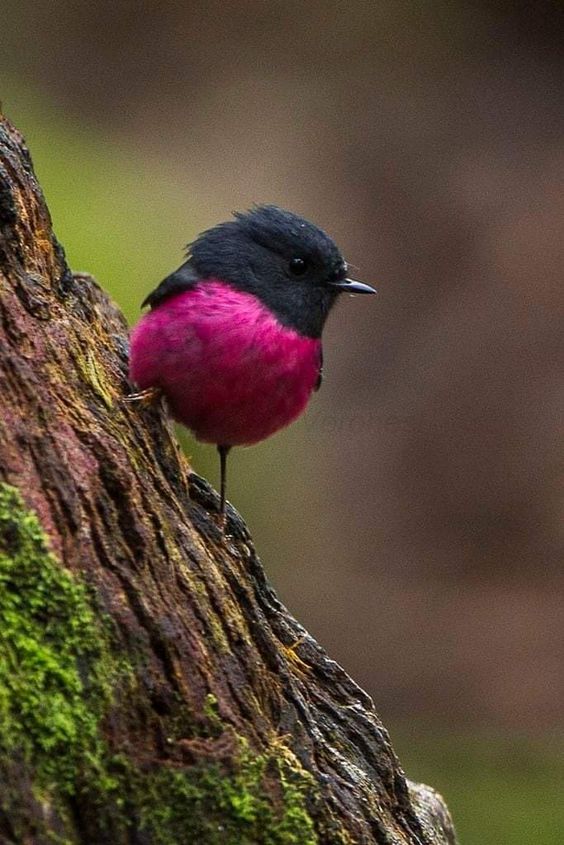
There are several species and varieties of pink birds found across the globe. The most well-known and iconic among them is the Greater Flamingo (Phoenicopterus roseus), which is native to Africa, Europe, and Asia. Its distinctive pink coloration comes from the pigments found in the organisms it consumes. Lesser Flamingos and Chilean Flamingos are also prominent members of this family.
Habitat and Distribution

Pink birds can be found in a variety of habitats, ranging from saltwater lagoons and estuaries to freshwater lakes and marshes. They are highly adaptable and can survive in both warm and cold climates. These graceful birds are often seen wading through shallow waters, searching for food. Their breeding colonies can be found in select locations around the world.
Pink Bird Sanctuaries and Protected Areas
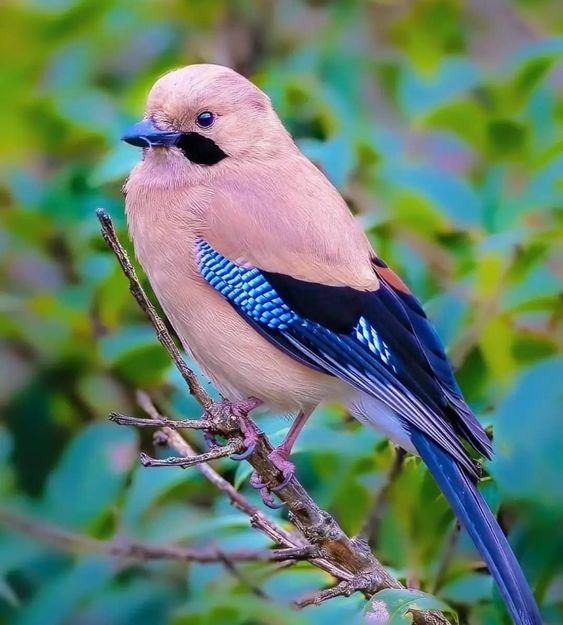
Several sanctuaries and protected areas have been established to preserve and protect the habitats of pink birds. These areas play a vital role in ensuring the conservation of these magnificent creatures and their ecosystems. Notable examples include the Rann of Kutch in India, the Camargue in France, and the Etosha Pan in Namibia.
Behavior and Feeding Habits

Pink birds are social creatures that live in large colonies. They are known for their synchronized movements and elaborate courtship displays. These displays involve head-flagging, wing salutes, and group marching. During breeding season, the birds form pairs and build nests made of mud and sticks. The male and female take turns incubating the eggs.
Feeding Habits of Pink Birds

The diet of pink birds primarily consists of small aquatic organisms, such as algae, crustaceans, and mollusks. Using their uniquely adapted beaks, they filter food from the water and mud. Their downward-curving bills are perfectly designed for this purpose. These birds can consume large quantities of food in a single day, thanks to their efficient feeding techniques.
Conservation Efforts and Challenges
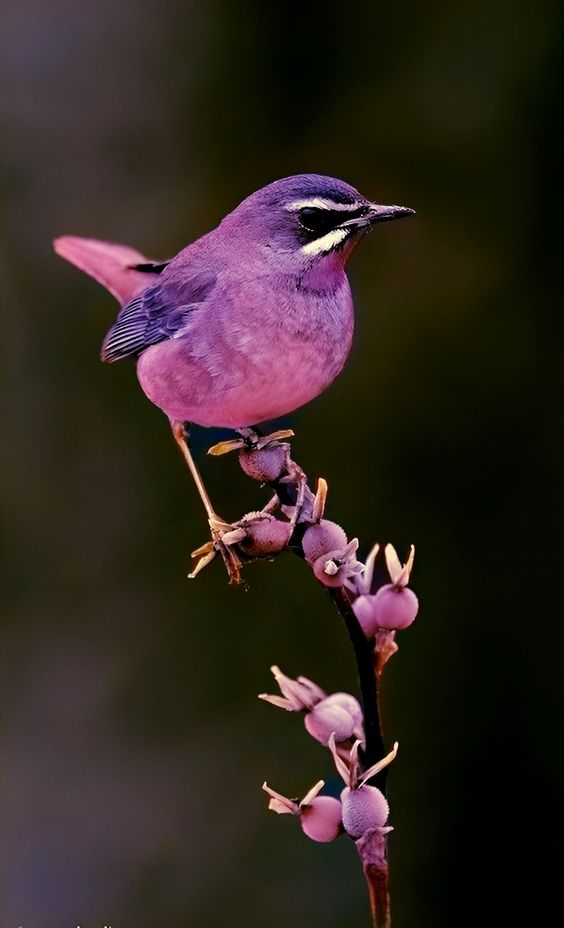
Despite their grandeur, pink birds face numerous challenges that threaten their survival. Habitat destruction, pollution, climate change, and disturbance of nesting sites are some of the major issues affecting these beautiful creatures. However, dedicated conservation efforts are underway to protect and preserve their habitats and raise awareness about the importance of their conservation.
Organizations Working for Pink Bird Conservation
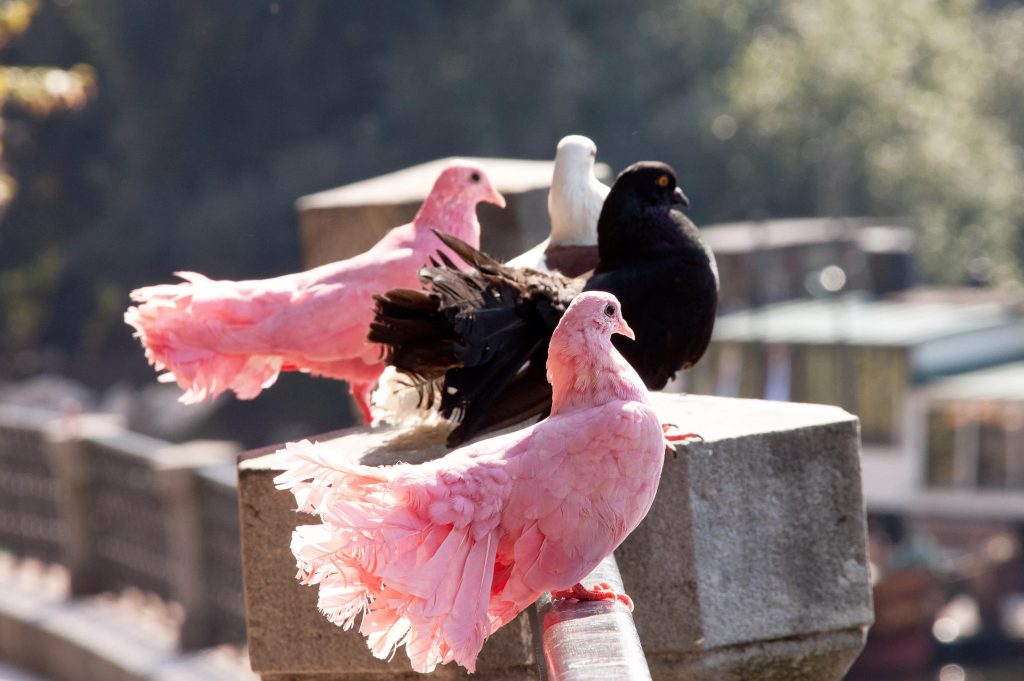
Several organizations and initiatives are actively working towards the conservation of pink birds and their habitats. The International Union for Conservation of Nature (IUCN), BirdLife International, and local wildlife authorities are just a few of the key players in these efforts. Through research, monitoring, and community engagement, these organizations strive to ensure a sustainable future for pink
